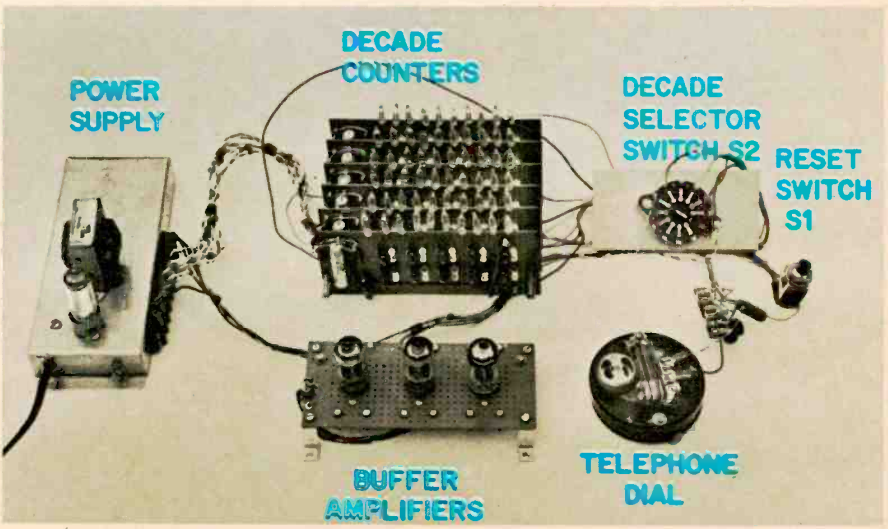Early “Computer Kit” Really Just a Fancy Calculator [Hackaday]

We’re big fans of calculators, computers and vintage magazines, so when we see something at the intersection of all three we always take a look. Back in 1966, Electronics Illustrated included instructions in their November issue on building, in their words, a “Space-Age Decimal Computer!” using neon lamps, a couple of tubes, and lots of soldering. The article starts on page 39 and it’s made fairly clear that it will be an expensive and complicated project, but you will be paid back many times over by the use and experience you will get!
Our modern idea of a computer differs greatly from the definitions used in the past. As many readers likely know, “Computer” was actually a job title for a long time. The job of a computer was to sit with pen, paper, and later on electromechanical devices, and compute and tabulate long lists of numbers. Imagine doing payroll for large companies completely by hand, every month. The opportunity for errors was large and was just part of doing business. As analog and later transistor-based computers started to be developed, they replaced the jobs of human computers in calculating and tabulating numbers. This is why IBM was originally called the Computing, Recording and Tabulating Company!
So at the time this article was written, the idea of a computer as just a number-cruncher meant that for the magazine readers, a machine that could add, subtract, multiply and divide was for all intents a computer. The kit is a fairly clever but simple machine. A rotary telephone dial is used to enter numbers from 1 to 10 (with the 0 acting as 10). This sends pulses into a series of boards that represent decimal decades from 1s all the way up to 100000s. You use a rotary switch to select which decade to enter a number into. And then, just like manual addition, you dial in the second number, working from the units upwards. All carries are done automatically, and you have your result after entering each addend.
As the machine can only count upwards, subtraction is done by adding complements. This is all based on doing the 9s complement of the number to be subtracted, and the article goes into a lot of detail on the operation of the machine. Tricks like these were common when using electromechanical machines and would have been familiar at the time to many readers. Of course, multiplication and division are repeated additions or subtractions, and with long inputs, it could become very tedious. However, as long as the machine was carefully constructed and each number carefully noted down, it could be a very useful tool that would eliminate errors!
Thanks to [Stephen] for the tip!

![early-“computer-kit”-really-just-a-fancy-calculator-[hackaday]](https://i0.wp.com/upmytech.com/wp-content/uploads/2024/06/189934-early-computer-kit-really-just-a-fancy-calculator-hackaday.png?resize=769%2C445&ssl=1)
